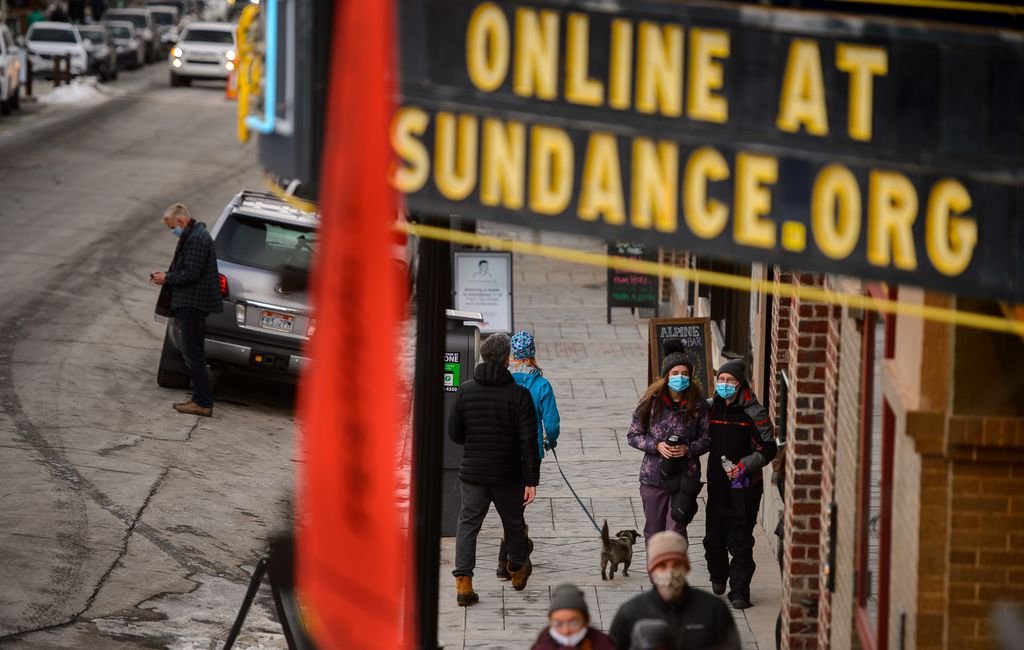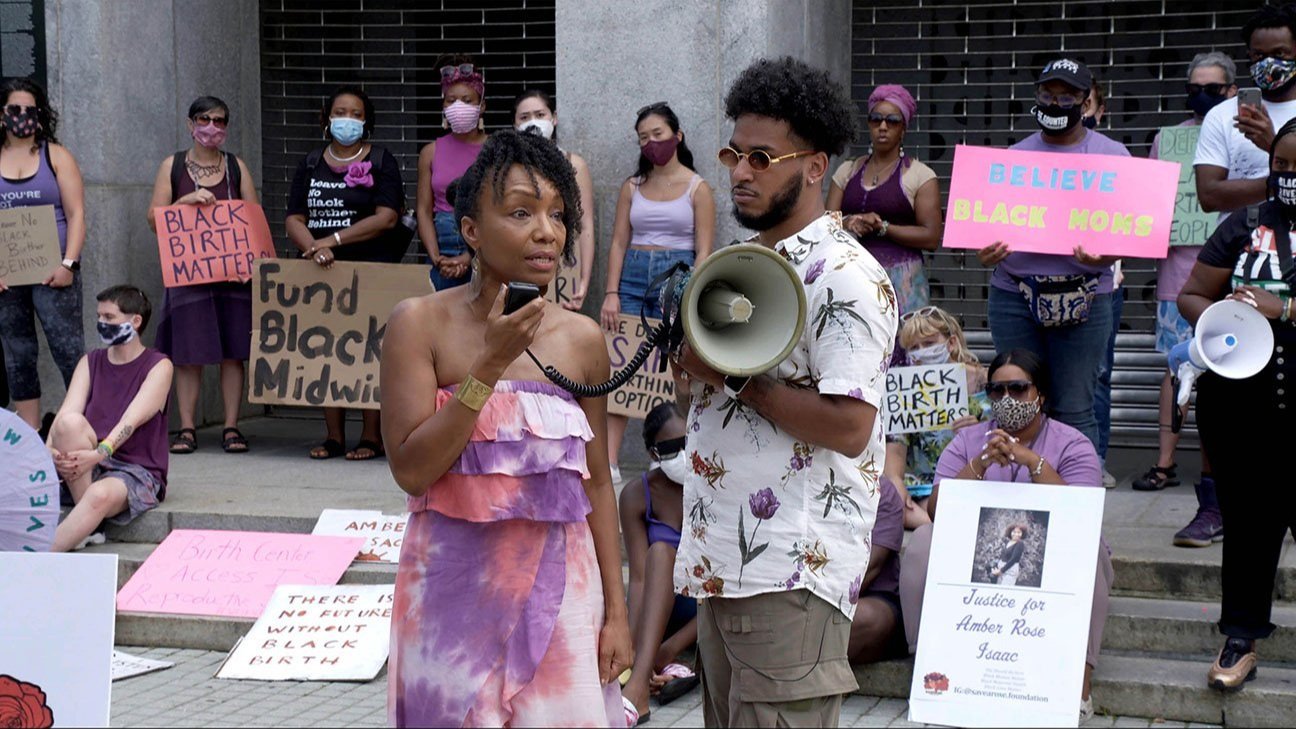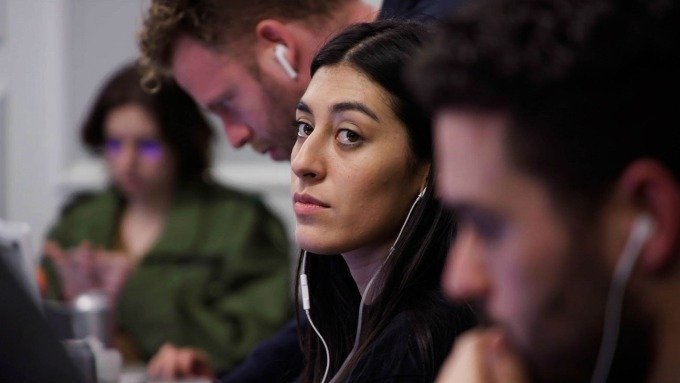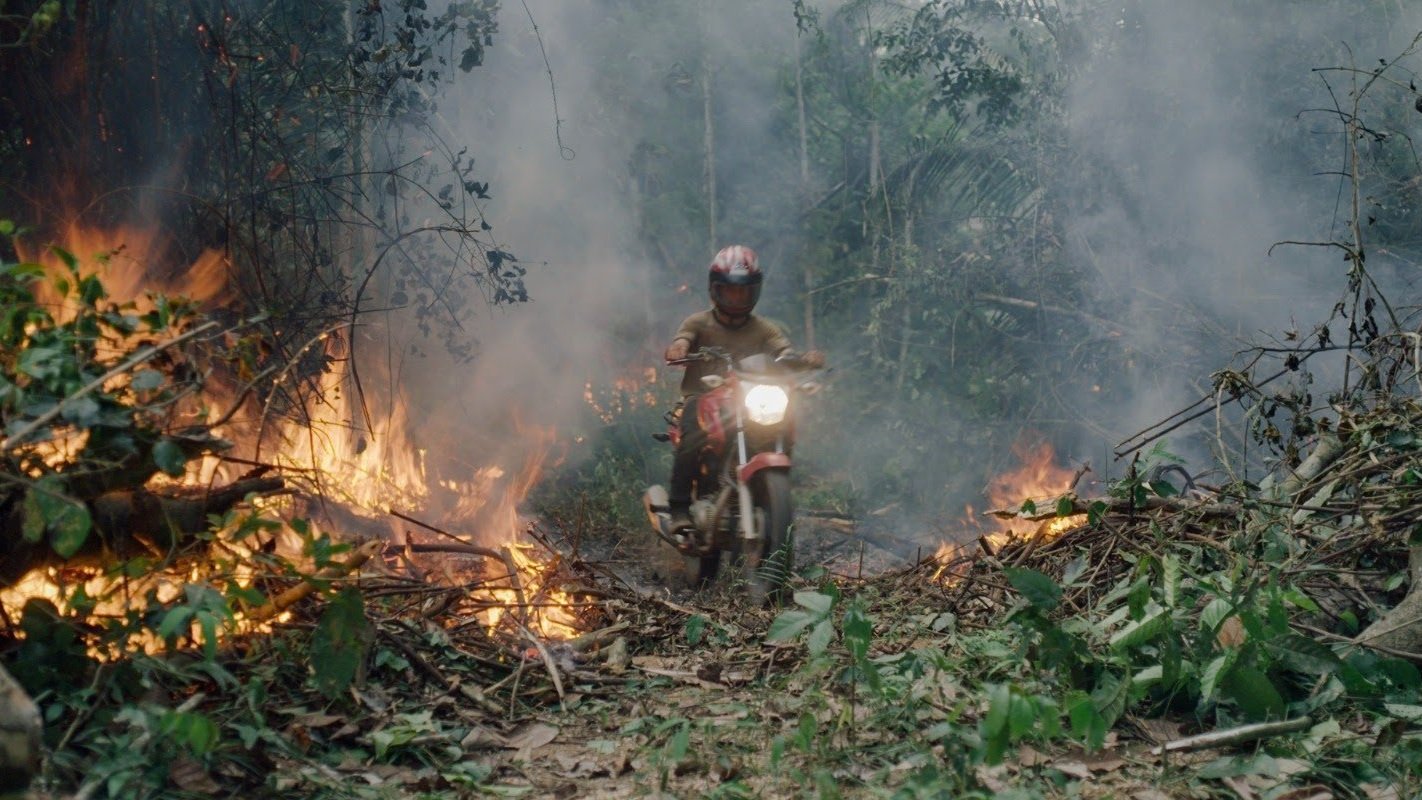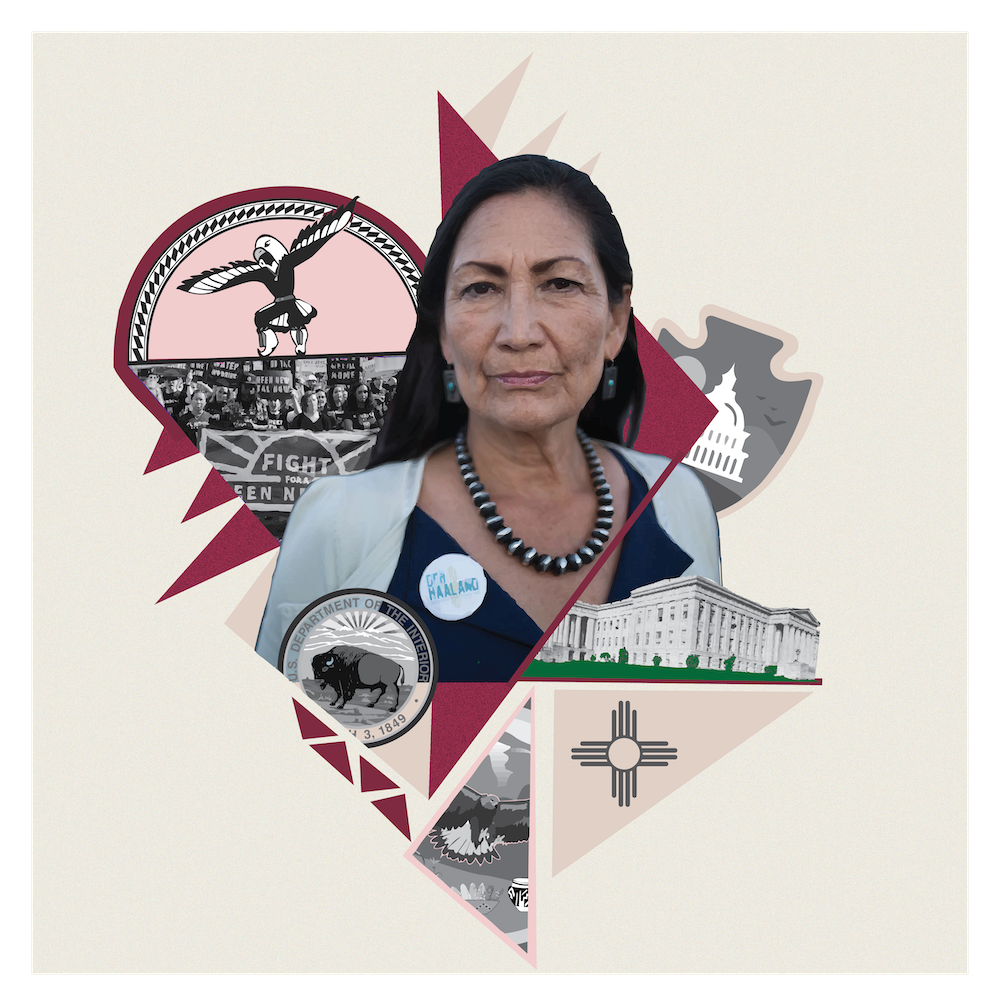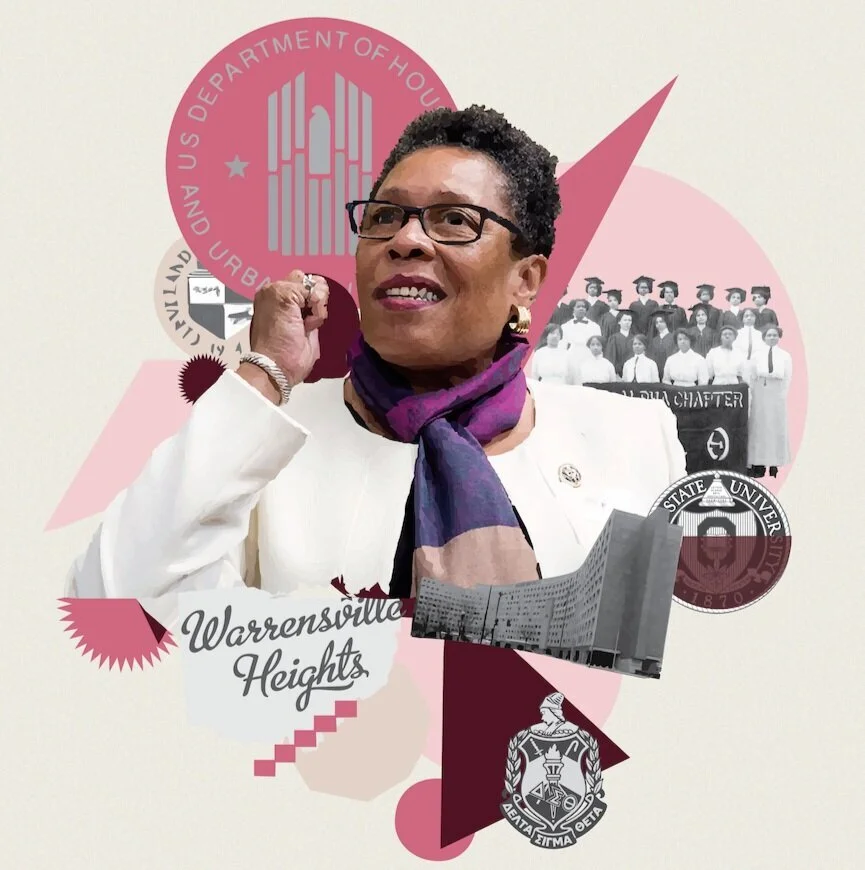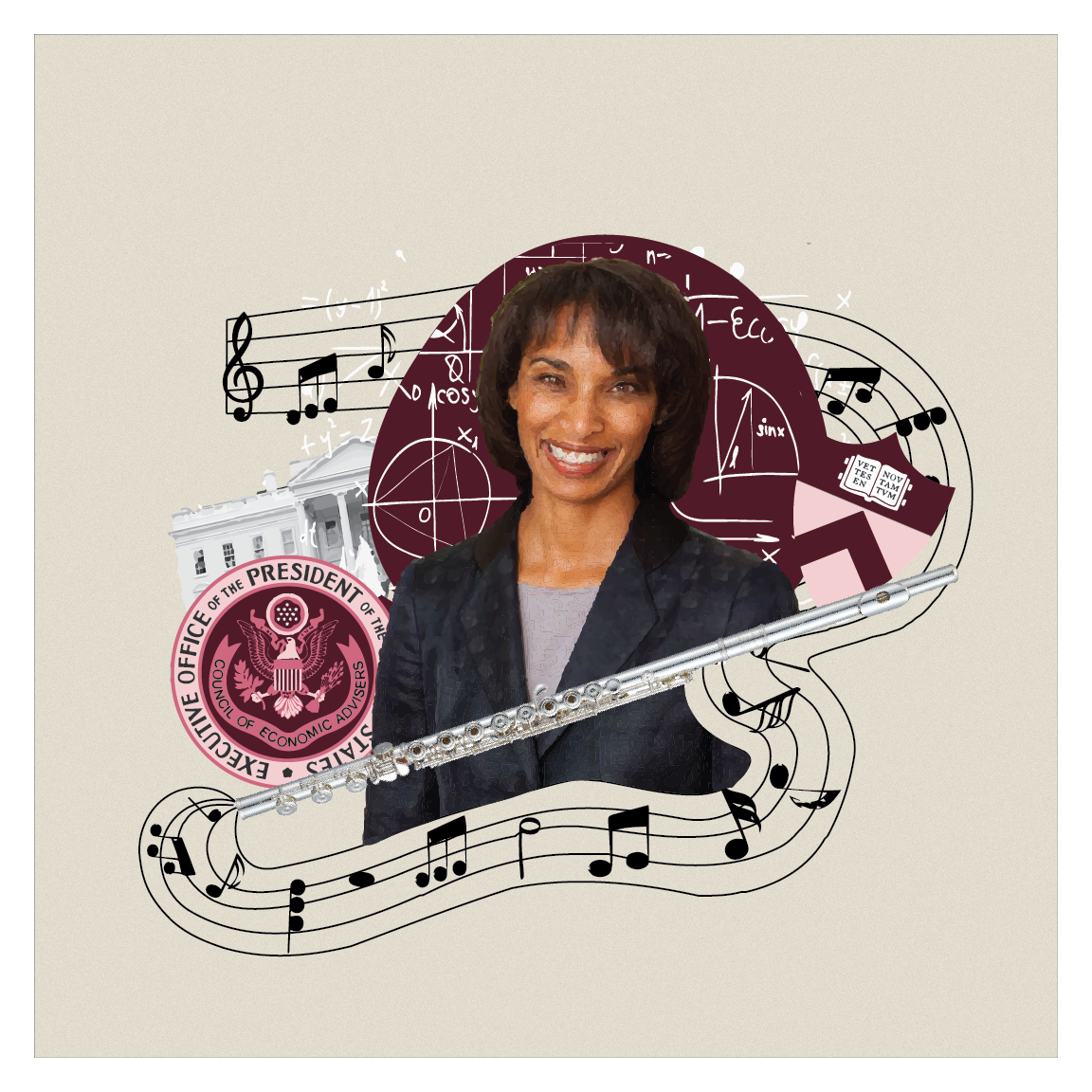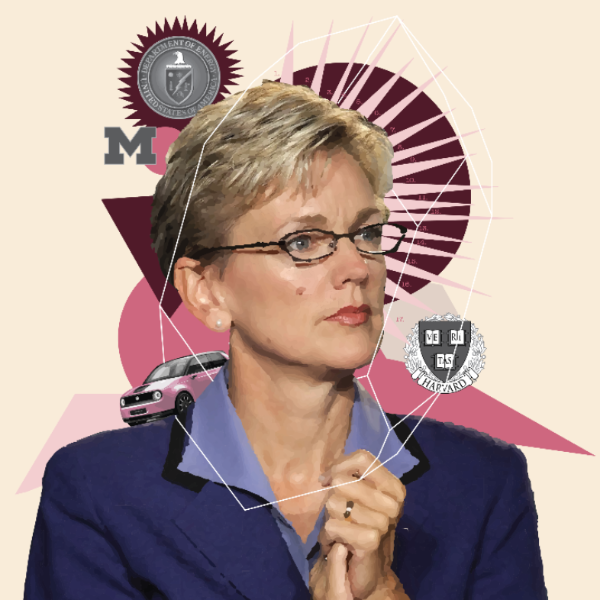I’ve just wrapped up my 30th Sundance Film Festival, and as has been the case in every one of those years, I am filled with admiration for the awesome community of writers, directors, producers, and actors who commit their time, talents and often their own resources to create the films that get selected for this premiere showcase for independent work. I am also reminded every year of the power of film to shift minds, moods, ideas, and opinions — even when experienced from my couch instead of a dark theater with hundreds of other people.
(Trent Nelson | The Salt Lake Tribune) Foot traffic in front of the Egyptian Theatre on Main Street in Park City on Tuesday, Jan. 12, 2021.
Yes, the festival was virtual again this year.
That wasn’t the original plan, but given a surge of Covid in Utah in the few weeks before, the plan for a hybrid festival with in-person screenings had to be scrapped and the entire festival went online, again. All 84 films could be seen by anyone with a ticket and a screen…small or large…and that meant, as it did last year, that more people got to view the selected features, documentaries, and short films than would ever have had the experience on the mountain in Park City.
But as SFF Director Tabitha Jackson said so well in one of her many interviews about the quick pivot from hybrid to virtual, “I don’t like the word, ‘virtual’. The feelings are real, the work is real, the responses are real, the emotion is real, and the effect on an audience is real. There’s nothing synthetic about it. We’re all going to be gathering around these artists and lifting their work into the culture.”
Agreed, and congratulations to Tabitha and the Sundance Institute festival team for creating a near flawless and satisfying festival experience with very little prep time.
“Over half of this year’s feature films (52%) were directed by women, 35% were directed by one or more directors who identify as people of color, and 10% (8 films) were directed by people who identify as LGBTQ+. And this year six of the 10 directors in the U.S. Dramatic Competition are women and half are people of color, and 10 of the 13 directors in the U.S. Documentary Competition are women with 30% being people of color.”
Of course, whatever we call this festival experience, it’s just not the same as the live, in-person screenings that are so much a part of the festival experience. I miss the serendipity of strangers connecting while standing in ticket lines or the unexpected questions from the audience in the filmmaker Q&As. And for these filmmakers who have spent so many days, months, and often, years creating the films that get selected from nearly 15,000 submitted films, there’s no substitute for being in a theater, watching your film with an audience and feeling/experiencing their real-time response. For filmmakers, I can’t imagine that virtual or online festivals are ever going to be as satisfactory, but the good news is that many films found buyers among the virtual viewers—films did get sold to streaming platforms such as Amazon, Netflix, Hulu, and Apple+, along with Nat Geo and HBO.
Another meaningful loss is the loss of revenue that supports the Sundance Institute’s non profit work all year—the Labs that nurture and support independent storytellers from around the world. It was this work that led Sundance Institute founder Robert Redford to create the Sundance Film Festival so that the work of emerging and independent screenwriters, directors and producers would be seen by audiences. Going virtual does mean more people see the films — nearly 500,000 for last year’s festival viewership — and that’s a good thing, further democratizing the festival’s access and impact.
In fact, I probably saw more films sitting in my cottage at Sundance than I would have seen in Park City, coping with the traffic and the crowds, but I still prefer all that as part of the discovery of festivals, and I'm hoping, along with so many others, that next year we will be sitting in a dark theater, together, again.
This Year's Theme: Resistance and Accountability
There is usually a theme that emerges even from a festival that values diversity of stories and ideas, and this year, according to the festival director, was resistance and accountability.
Very much in keeping with the resistance to the status quo (and unfortunately, also the unsettling and uncertain times we are currently living in), there were films about the environmental crisis that are must see's: To The End (directed by a Rachel Lears (Knock Down the House), documenting the battle for a Green New Deal, and The Territory, winner of the World Cinema Documentary Special Jury Award and the Documentary Craft Audience Award, about the struggle in the Amazon of indigenous communities to protect their land and the critical resource of the Amazon.
I was also deeply affected by the disturbing documentary, AFTERSHOCK, the winner of the US Documentary Special Jury Award: Impact for Change award. The film is about the disproportionate numbers of Black mothers dying in childbirth every year in the U.S. Learn why in this very important film.
Stills from AFTERSHOCK, To the End and The Territory. Courtesy of Sundance.So many other films to recommend! And I will be writing about them as they become available on screens everywhere, but for this newsletter, I want to point out two films, one narrative and one documentary, sharing the same story about a group of women who came together in the late 1960s in Chicago to help desperate women seeking safe abortions in the years before legal abortions were possible.
They called themselves the Jane Collective.
Elizabeth Banks stars in Call Jane, a narrative film based on the real stories of these women. The film is a compelling reminder of what it was like then, even for a married women whose very life is endangered due to her pregnancy. Her request for a medical abortion is denied by the hospital’s all-male board who decide for her that her 50% chance of surviving her pregnancy is worth the risk of continuing the life-threatening pregnancy.
She finds the Jane Collective who help her get a safe abortion. Afterwards, she joins the Janes and becomes a key player in their collective. I won’t give away any more details of this very moving and very important film, but be sure to see it later this year in theaters.
Elizabeth Banks and Wunmi Mosaku are members of a group of activists in "Call Jane" by Phyllis Nagy. Wilson Webb/Courtesy of Sundance Institute
Watching this one woman’s journey from housewife to activist is revelatory and reminds me, regrettably, of the dark ages towards which we seem to be headed again.
I remember those days well: no birth control, no real sex education and if girls became pregnant, even from rape or incest, they had no choice but to hide out in what were quaintly called “unmarried girls homes” until the baby was born in secret, and usually left behind. Or alternatively, they paid for a backstreet abortion which was usually dangerous and always illegal. Learning more about life before Roe v. Wade gave women the right to make their own choices about when or if to bear a child is a valuable perspective as we consider how close we are to losing this critical choice again.
The second film, The Janes, is an HBO documentary film about the collective directed by Emma Pildes and Oscar nominee Tia Lessin (2008’s Trouble the Water). Seeing the real women of the Jane Collective, hearing their stories, and understanding their motivations, fears and immense courage, was greatly encouraging. Hopefully, we won’t ever need another Jane Collective, but if we do, this group of brave women and what they accomplished — 11,000 safe abortions — reminded me of the power of women when we come together to collectively shape solutions, not just for ourselves but for each other.
And that's what films lead us to do, to talk about the stories we see unfold on the screen. These compelling, sometimes controversial stories from independent storytellers often lead us to do more than talk — they can provoke and inspire us to get engaged. And when stories brought to life and into our minds and hearts lead us to think differently about an issue or to seek more information or knowledge — well, that’s the impact that inspires the storytellers and at least part of the motivation to attend film festivals, on whatever format or platform, size of screen or audience.
Even sitting on my sofa watching these stories unfold on a somewhat small TV screen, I experienced that power of film to shift minds, moods, to share little known stories, and to expose the ‘need to know’ stories as well. On that point, don’t miss Downfall: The Case Against Boeing, another powerful film from Rory Kennedy, for an eye opening look at airplane safety!
Whether experienced individually on a small screen or shared with hundreds gathered together in a theater, the films do what films have always done — transport us to different times and places and people — to open our hearts and minds, to elevate and explain, to inform and entertain, and to do all that, collectively, is why the Sundance Film Festival will always be an experience that matters for the world’s storytellers and an experience valued by festival goers and film lovers everywhere.
Onward!
-Pat
